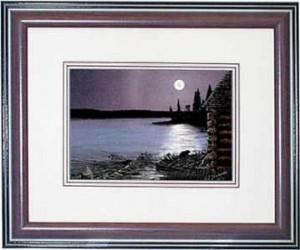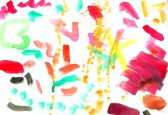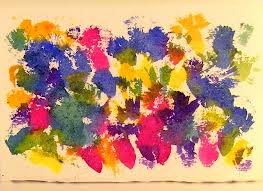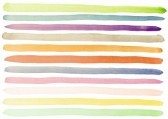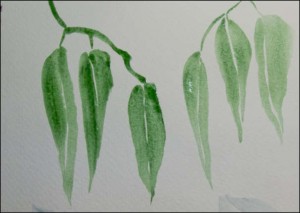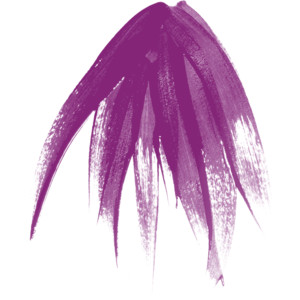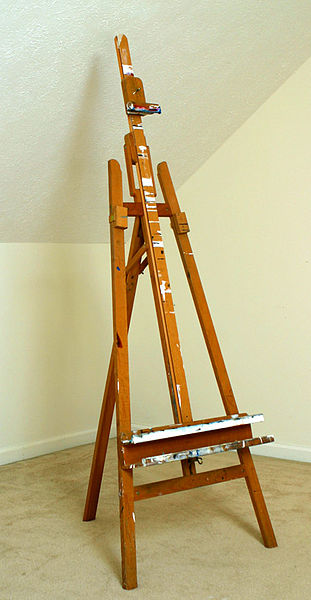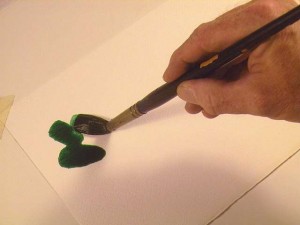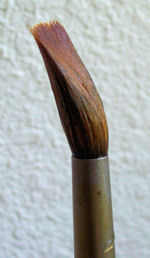Top 7 Art Destinations Around the World

Artists can get inspiration from everywhere. But, if you want to see magnificent artworks from celebrated artists to inspire you in your next art on canvas, here is a list of art destinations that you can include in your bucket list.
Goreme Open Air Museum, Turkey. The Goreme Open Air Museum can be compared to a compound of monasteries. Visitors will be amazed at the chapels and churches carved into the rock formations with beautiful wall paintings (frescoes). Since 1984, the Goreme Open Air Museum has been included in the UNESCO World Heritage List.
Metropolitan Museum of Art, New York. The Metropolitan Museum of Art, also known as the “Met,” is the largest museum in the United States. Established in 1870 in New York City, the Met houses over 2 million objects, and only tens of thousands are available for public viewing. Its permanent collection includes artworks from Ancient Egypt; pieces from almost all of the European masters such as Auguste Renoir, Henri Matisse, and Johannes Vermeer; and collections from American artists.
Museo Reina Sofia, Madrid. Museo Reina Sofia is Spain’s national museum dedicated to 20th century art. The museum houses an immense collection of artworks from Spain’s greatest masters, Pablo Picasso and Salvador Dalí. The most famous masterpiece in the museum is Picasso’s “Guernica,” a painting created in response to the bombing of Guernica, a Basque Country village, in 1937.
Rijksmuseum, Amsterdam. The Rijksmuseum is a Dutch national museum which exhibits art works from The Netherlands. Its collections consist of 1 million objects, 8,000 of which are displayed for the public. Visitors can see paintings done during the Dutch Golden Age, from famous painters which include Frans Hals, Johannes Vermeer, and Rembrandt.
Santa Maria delle Grazie, Milan. Santa Maria delle Grazie is a church and a Dominacan convent that also houses priceless masterpieces, including Leonardo da Vinci’s “The Last Supper.” During World War II, aerial attacks hit the church which destroyed almost all of the walls containing precious artworks. Fortunately, The Last Supper was spared and protected.
The Louvre, Paris. The Louvre is home to Leonardo da Vinci’s “Mona Lisa.” It is one of the world’s largest museums, occupying an area of more than 60,000 sq.m. It exhibits an extensive collection of about 35,000 artifact and artworks from prehistory until the 21st century. More than 8 million people visit the Louvre each year, making it the world’s most visited museum.
Vatican Museums, Vatican City. The Vatican Museums showcase art pieces from the extensive collection of the Roman Catholic Church. Most of its artworks are from the Renaissance period, including Michaelangelo’s Sistine Chapel ceiling, Leonardo da Vinci’s “St. Jerome in the Wilderness,” and Raphael’s “The School of Athens.”
To get the whole list of these art destinations, you can read here.
Image source: www.travelchannel.com

